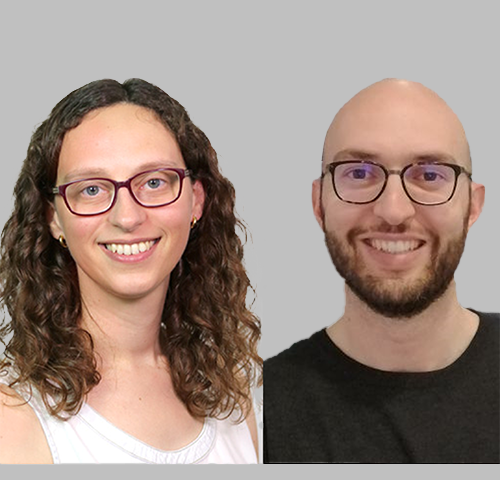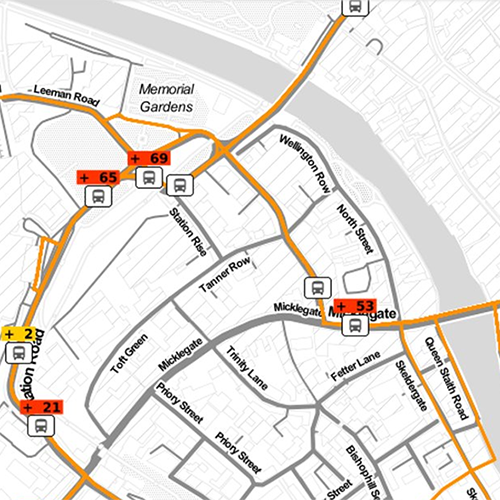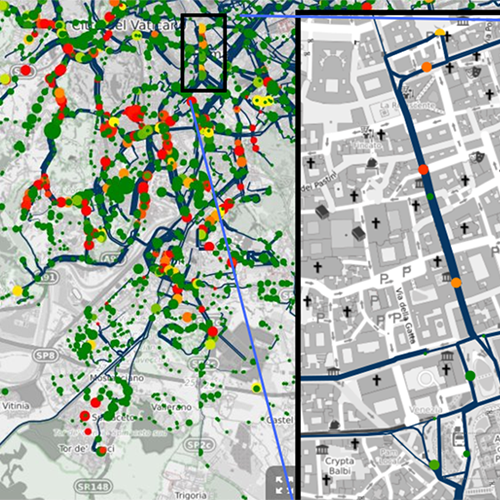Just recently, my colleague Franziska Pfaff referred to public transportation as a true hero of the transportation system. She praised it not only for being safe and stress-free to use but also for its ability to create job opportunities and ultimately generate more revenue than its costs. But what potential does public transportation truly hold as a cornerstone of sustainable mobility? The Horizon Europe project UPPER aims to find out.
Public Transportation as a cornerstone of sustainable mobility

Its name reflects its program: UPPER stands for Unleashing the Potential of Public Transport in Europe. The focus is on the special role of public transport in paving the way toward zero-emissions mobility. A combination of 80 measures in ten cities and regions should inspire people to switch to public transport across Europe.
Can public transportation lead to a successful mobility transition?
Cities will play a central role in achieving carbon neutrality by 2050, the goal of the European Green Deal. To speed up the transition to climate-neutral cities, project participants are therefore working with ten cities and regions: Valencia, Rome, Versailles Grand Parc – Île de France, Oslo, Mannheim, Lisbon, Leuven, Budapest, Thessaloniki, and region Hanover. The 4-year project coordinated by the UITP was launched in January 2023. The overall goal of the so-called Living Labs and city partnerships is to increase public transport usage to more than 30% and passengers’ satisfaction by more than 25%.
The real potential of public transportation
But are people truly willing to give up their cars in favor of public transportation? A major focal point is the participatory management and incorporation of citizens to take various target groups’ needs into account as well as possible. Charlotte Fléchon, Senior Project Manager, PTV Group – part of Umovity, is convinced: “A robust public transportation system is crucial for promoting environmental sustainability and providing safe and fair mobility access. However, to encourage widespread daily usage, we must prioritize the needs of the people by placing them at the core of the planning and operational processes.”

Traffic planning software for real-life planning and implementation
The planned activities will be supported by the UPPER toolkit (U-TWIN, U-SIM, U-NEED, U-GOV, U-KNOW, U-TRANSFER, and U-SUMP). These seven IT tools, which combine social and technological innovations, are demonstrated in the Living Labs, and will be used in twinning locations. PTV transport planning technology is incorporated in the project with U-SIM (see info box), part of the UPPER toolkit for implementing these measures. This solution is on the one hand based on the desktop software PTV Visum (U-SIM.plan), on the other hand on PTV Optima, the real-time traffic management software (U-SIM.live).
The 84 measures should affect five “innovation axes”, which influence users’ decisions about selecting a mode of transport:
- Mentality and culture
- Urban mobility planning
- Ecosystem for mobility services
- Road network management
- Democratic management
Of course, none of us can see into the future – but public transportation has significant potential. The research project UPPER will demonstrate just how substantial that potential is.
Traffic Planning Software U-SIM
PTV transport planning technology is incorporated with U-SIM. U-SIM.plan is based on the traffic planning solution PTV Visum, which is already in use in eight of the cities. It is a comprehensive, flexible software system for traffic planning, transport demand modeling, and network data management. Designed for multimodal analyses, the tool integrates all relevant modes of transport, such as trains, trams, buses, pedestrians, cyclists, cars, and trucks into a uniform network model. This network model provides the standard for macroscopic simulations and macroscopic modeling of both transport networks and transport demand. This assists with the planning of public transport and the development of long-term transport strategies and solutions.


On the other hand, U-SIM.live is based on PTV Optima, which is already used by some of the partner cities. The real-time traffic management software is also to be used for short-term operational deployment. It is a suite of web-based tools, allowing the operators of the mobility control centers to orchestrate the different modes of city mobility in real time by addressing private modes and public transport systems: buses, trams, subways, and trains. Its network model starts from a standard digital twin, like the ones modeled in PTV Visum, and keeps it always updated with live data from its connectors to live data feeds, from different mobility data sources. In UPPER it will assist with the operational decisions in management of the private and public mobility, by public transport operators and agencies.
